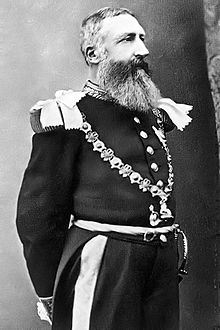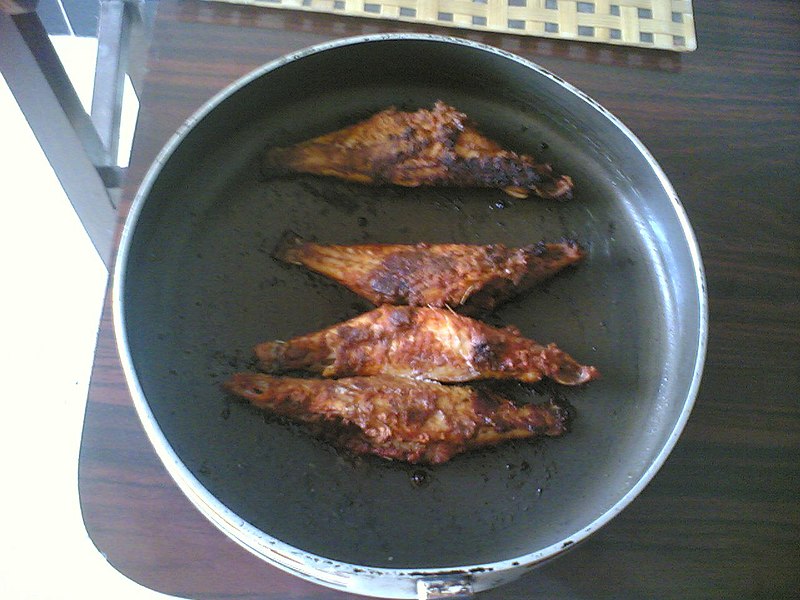In school our class learned about the Congo not too long ago. Not only that we learned about the Congo today but what happened to the Congo before our time. It was awfully interesting to learn about. Learning about the history of one country can help one understand about the problem and situations. If you want to understand someone better, you would ask them about their relationship history or something along those lines. I will apologize in advance that we learned this a long time ago (for me that is) and I'm only writing this in memory so if something is off, just ignore that.
How was Africa divided? Africa was divided like it was just a piece of cake. Mrs. Shepherd did a great example in class by baking the whole class a cake that had the map of Africa in it. One by one, each of us (if we were lucky), would pick a piece of Africa and eat the piece. The cake was delicious by the way.

I'm over exaggerating. Just imagine that Hello Kitty was Africa.
Anyways, some of us got a good big piece and others not so much. After that, Mrs. Shepherd explained that Africa was divided just like that. In 1884, there was something called the Berlin Conference. It was organized by Otto von Bismarck. The Berlin Conference is where fourteen nations (Belguim, France...) sat down and simply said, "I want to take this piece of Africa" and it was given to them. The first country to pick usually got the most resources. The Sramble for Africa is another term for the Berlin Conference. The country that got the Congo was Belgium. Belgium had a ruler named King Leopold ll.

He was a harsh ruler and didn't care about the people in the Congo. King Leopold ll never did step in the Congo. He was always in Belgium. Villages would always be massacred if the village didn't meet a certain goal. Peoples hand would be cut off if the slave would not listen, did not meet the status quo or when the soldiers (or henchmen) felt like it. Thanks to King Leopold, over 10 million Congolese people died. The violence in the Congo today has seemed to tone down a bit but women are still being raped and child soldiers are being added to the army.

The main resources the Belgians wanted at the time was the Ivory tusks of Elephants and rubber from rubber trees.

Today in the Congo, there are quite a few statues of King Leopold ll. People of the Congo might see him as a hero or the devil. King Leopold ll used the money raised from the Congo to build the most beautiful structures in Belguim. Take the Cinqauntenaire for example.

French is one of the official languages in the Congo since the Belgians came to the Congo. I think that is really interesting!
Spread the Word!
How was Africa divided? Africa was divided like it was just a piece of cake. Mrs. Shepherd did a great example in class by baking the whole class a cake that had the map of Africa in it. One by one, each of us (if we were lucky), would pick a piece of Africa and eat the piece. The cake was delicious by the way.

I'm over exaggerating. Just imagine that Hello Kitty was Africa.
Anyways, some of us got a good big piece and others not so much. After that, Mrs. Shepherd explained that Africa was divided just like that. In 1884, there was something called the Berlin Conference. It was organized by Otto von Bismarck. The Berlin Conference is where fourteen nations (Belguim, France...) sat down and simply said, "I want to take this piece of Africa" and it was given to them. The first country to pick usually got the most resources. The Sramble for Africa is another term for the Berlin Conference. The country that got the Congo was Belgium. Belgium had a ruler named King Leopold ll.

He was a harsh ruler and didn't care about the people in the Congo. King Leopold ll never did step in the Congo. He was always in Belgium. Villages would always be massacred if the village didn't meet a certain goal. Peoples hand would be cut off if the slave would not listen, did not meet the status quo or when the soldiers (or henchmen) felt like it. Thanks to King Leopold, over 10 million Congolese people died. The violence in the Congo today has seemed to tone down a bit but women are still being raped and child soldiers are being added to the army.

The main resources the Belgians wanted at the time was the Ivory tusks of Elephants and rubber from rubber trees.

Today in the Congo, there are quite a few statues of King Leopold ll. People of the Congo might see him as a hero or the devil. King Leopold ll used the money raised from the Congo to build the most beautiful structures in Belguim. Take the Cinqauntenaire for example.

French is one of the official languages in the Congo since the Belgians came to the Congo. I think that is really interesting!
Spread the Word!









